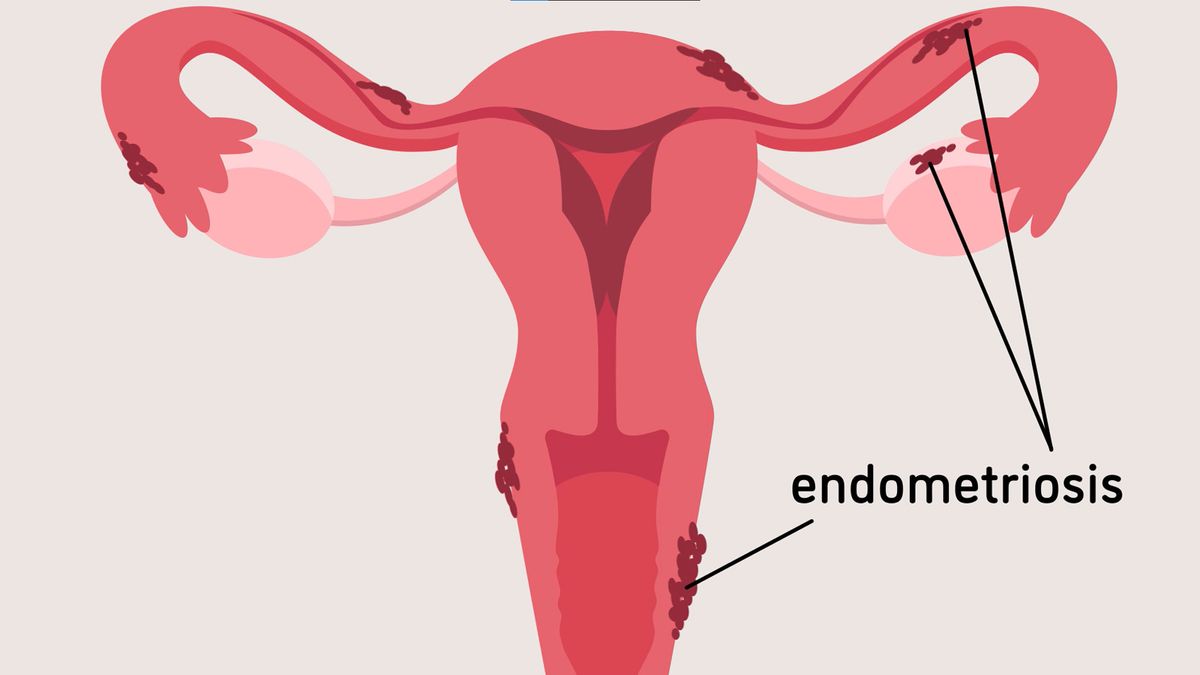Endometriosis - Symptoms, Diagnosis, and Treatments For Endometriosis

Symptoms, diagnosis, and treatments for endometriosis are all important parts of the process. This article provides helpful information to help you manage your symptoms and improve your quality of life. The next section of this article discusses its impact on fertility and how to treat it. You can also learn about the different treatments and medications for this condition. They all have their specific benefits and drawbacks. Here are the main treatments for endometriosis.
Symptoms
There are many signs and symptoms of endometriosis. Endometrial tissue grows on the fallopian tubes, outside the lining of the small and large intestines, the bladder and vagina, pleura, pericardium, and vulva. It responds to hormones and can cause pain, discomfort, and even damage reproductive organs. Endometriosis symptoms vary from woman to woman. The disease can affect a woman's ability to conceive in severe cases.
While there is no known cure for endometriosis, treatment is effective. Conservative measures can help manage endometriosis symptoms until the symptoms go away. Some treatments involve medication, hormone therapy, or surgery. Surgery may be considered for severe symptoms, and the patient may need to undergo IVF if fertility is compromised. Some pain medicines are prescribed by a doctor, such as ibuprofen and naproxen.
Diagnosis
Your doctor can make a definitive endometriosis diagnosis based on the symptoms and clinical history you provide. She will perform a pelvic examination and look for signs of endometriosis, such as pain in the pelvis, uterine or adnexal masses, and retroverted fixtures. She may suggest further tests, such as an ultrasound if your pelvic pain is more intense.
The treatment for endometriosis depends on your symptoms and plans for getting pregnant. For instance, medications may relieve your symptoms while avoiding ovulation and pain. However, these medications do not cure endometriosis and may not be effective for everyone. Surgery may be an option for you. A surgical procedure can remove the affected tissue. If you are in severe pain, you should see your doctor as soon as possible.
Treatments
Endometriosis treatments can vary depending on the type of symptoms and the severity of the pain. While endometriosis cannot be cured, medications can help manage pain. Certain types of endometriosis medications can be bought over the counter, and others require a prescription. Nonsteroidal anti-inflammatory drugs (NSAIDs) may be used for milder symptoms. In some cases, surgery may be needed. In extreme cases, surgical removal of the affected tissue may be necessary.
The laparoscope, or endometriosis probe, allows the medical to examine the external structure of the uterus and detect cysts or scar tissue. A laparoscopy is a common endometriosis treatment, and it involves passing a thin viewing tube through an incision in the lower abdomen. In some cases, an additional incision may be made in the lower abdomen to give the surgeon access to the affected organ.
Impact on fertility
Endometriosis is a condition in which tissues similar to the lining of the uterus grow outside the uterus. The tissue can damage surrounding reproductive organs, such as the fallopian tubes, ovaries, and bladder. It affects approximately seven percent of women of reproductive age. While its exact cause is still unclear, several factors could be responsible for it. Genetics and immunological factors are among them. Some researchers believe that retrograde menstruation may also be a contributing factor.
Endometriosis affects tub-ovarian relationships and can affect the production of sperm and peritoneal fluid. It is strongly associated with infertility. About 30-50% of women with endometriosis are infertile. Women with endometriosis are six to eight times more likely to become infertile than women who do not have the condition. It may impair the interaction of sperm and egg and reduce ovarian reserve. The condition can also decrease endometrial receptivity.



